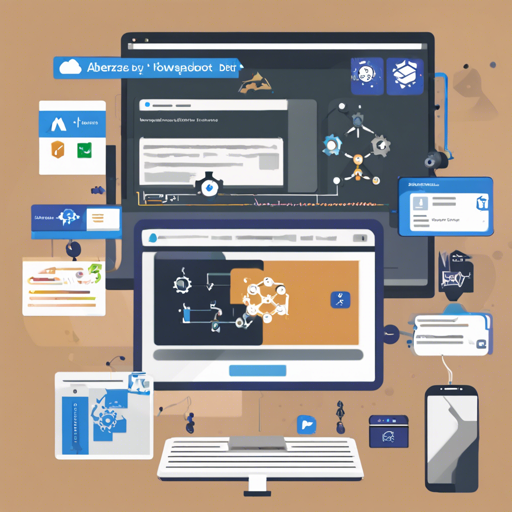Keeping dependencies updated in any software project is crucial for maintaining security, performance, and compatibility. With the introduction of Dependabot for Azure DevOps, updating dependencies has become considerably easier. This blog will guide you through the setup process, usage configurations, and troubleshooting tips you may encounter along the way.
Getting Started
Unlike its GitHub counterpart, Dependabot for Azure DevOps requires explicit setup in your organization. Simply creating a dependabot.yml file is insufficient. Here’s how you can enable Dependabot:
- Azure DevOps Extension: Best for small projects requiring minimal administrative effort. The extension operates within your existing pipeline agents.
- Hosted Server: Recommended for larger projects with numerous repositories. It allows for Dependabot to function as a managed service. For more info on hosting, refer to the Hosted Server Documentation.
Using a Configuration File
To configure Dependabot, you’ll need a dependabot.yml file located in either .azuredevops/dependabot.yml or .github/dependabot.yml. It is essential to align with the options available in the official documentation.
Configuring Private Feeds and Registries
Sometimes your dependencies might be stored in private feeds or registries. In such cases, it’s crucial to configure them in your dependabot.yml. Here’s how you can set it up:
version: 2
registries:
my-analyzers:
type: nuget-feed
url: https://dev.azure.com/organization/_packaging/my-analyzers/nuget/v3/index.json
token: PAT:$MY_DEPENDABOT_ADO_PAT
In this example, we have defined a registry for internal NuGet feeds, complete with the necessary authentication token.
Configuring Security Advisories and Known Vulnerabilities
Security-only updates are critical for maintaining the integrity of your project. By employing a GitHub access token, Dependabot can create pull requests for dependencies with vulnerabilities. For guidance, refer to the security updates documentation.
Understanding the Code through an Analogy
Think of configuring Dependabot for Azure DevOps like setting up a security guard in a building. You first need to choose the type of guard (Extension or Hosted Server) based on how many rooms (repositories) you have. Once you’ve decided, you provide the guard with a set of rules (the configuration file) and access tokens (like keys to specific rooms). The guard keeps an eye out for anything suspicious (security advisories) and makes sure that each room is well-maintained (up-to-date dependencies).
Troubleshooting Tips
Encountering issues while using Dependabot? Here are a few common problems and solutions:
- Problem: Dependabot is not updating dependencies.
Solution: Ensure that your configuration filedependabot.ymlis correctly placed and formatted. - Problem: Issues with private registries.
Solution: Check if your authentication tokens are correctly set up in your configuration file. For more insights, updates, or to collaborate on AI development projects, stay connected with fxis.ai.
At fxis.ai, we believe that such advancements are crucial for the future of AI, as they enable more comprehensive and effective solutions. Our team is continually exploring new methodologies to push the envelope in artificial intelligence, ensuring that our clients benefit from the latest technological innovations.
Conclusion
Configuring Dependabot for Azure DevOps doesn’t have to be challenging. With this guide, you should be able to set it up, utilize its features, and troubleshoot any issues that arise confidently. Happy coding!

